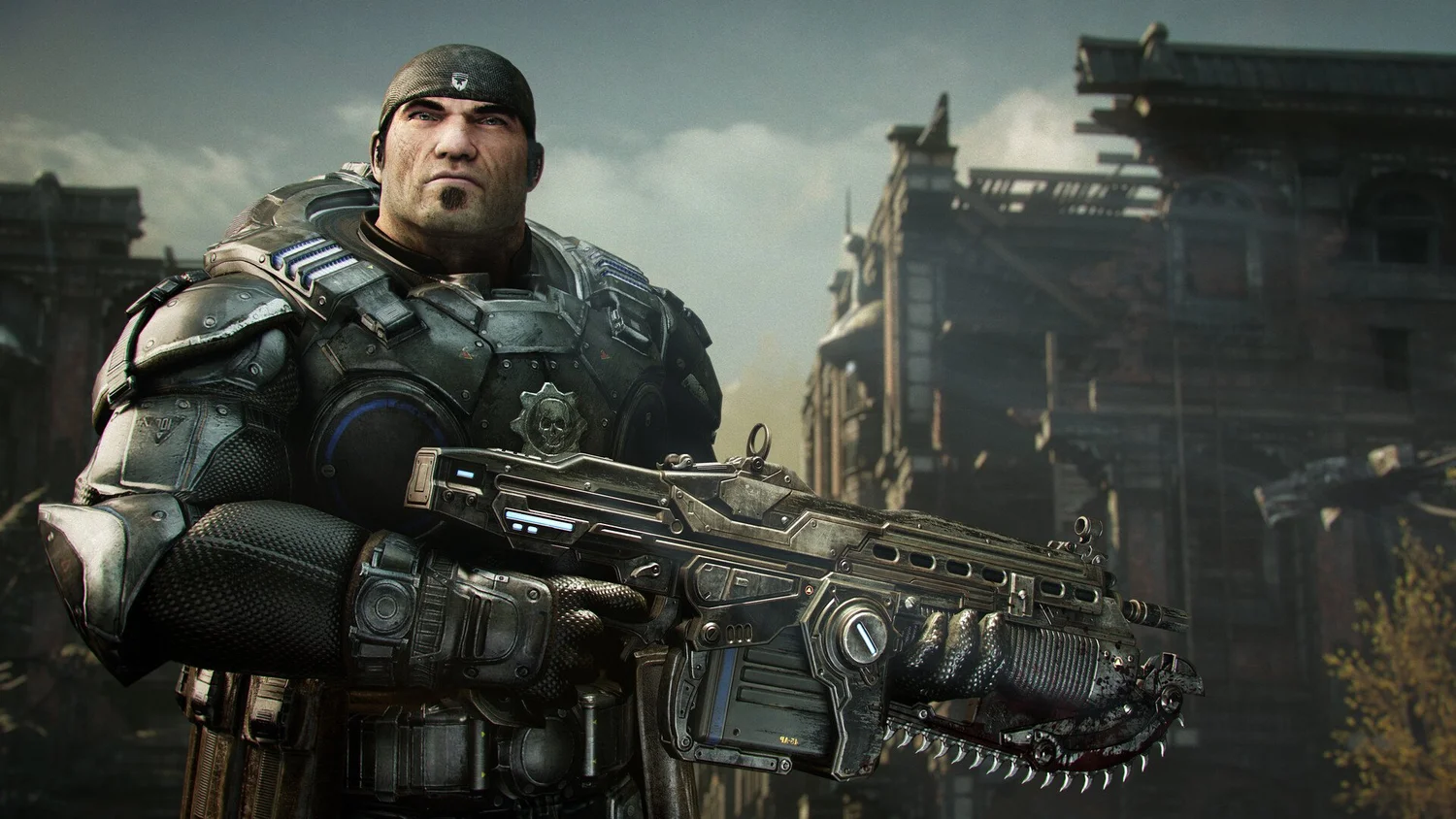Optimizing Gears of War Reloaded for smooth gameplay requires balancing visual fidelity with performance. Below are tailored settings for various setups, from low-end PCs to high-end gaming rigs and handhelds.
Core Performance Tips
- Update GPU drivers (AMD/Nvidia) before launching the game.
- Cap FPS between 60–120 for stability.
- Disable V-Sync to minimize input delay.
- Prioritize DLSS 3.5 or FSR 3.1 upscaling for modern GPUs.
- Avoid Motion Blur to enhance clarity and responsiveness.
Optimal Display Configuration
- Resolution: 1920×1080 (scale higher if possible)
- Full Screen: Enabled
- Frame Rate Limit: 60–120
- HDR: Enable for compatible monitors
- Energy Savings: Keep active
- V-Sync: Off
Graphics Settings for Visual Quality
- Preset: Medium/High (GPU-dependent)
- Anti-Aliasing: DLSS 3.5 or FSR 3.1 (Balanced)
- Resolution Scaling: Balanced
- Textures: Medium (High for newer GPUs)
- Shadows: Medium
- Ambient Occlusion: Performance mode
- Motion Blur & Reflections: Disable both
- Visual Effects: Medium
Low-End PC Adjustments
- Preset: Low/Custom Low
- Resolution: 1080p
- Upscaling: FSR Balanced
- Textures: Medium
- Shadows/Reflections: Off
Target 60+ FPS with minor dips during intense combat.
Mid-Tier Rig Expectations
For RTX 3060 or RX 6700 XT: Achieve 80–120 FPS depending on scene complexity.
High-End PC Performance
With RTX 4070 Ti or RX 7900 XT: Maintain 100+ FPS at 4K with optimized settings.
Handheld Optimization (Steam Deck/ROG Ally)
- Preset: Low/Medium
- Resolution: 720p–900p
- Upscaling: FSR Balanced
- Textures: Medium
- Shadows/Effects: Off/Low
Expect 40–60 FPS, dropping in large-scale battles.
FAQ
What settings boost FPS fastest?
Lower shadows and disable screen space reflections.
Does the game support DLSS/FSR?
Yes, DLSS 3.5 and FSR 3.1 are supported.
Is the Steam Deck playable?
Yes, but use Low preset and FSR for best results.
Should I enable V-Sync?
No—it increases input lag.

